Introduction: Understanding Rosemary’s Essence: “Rosemary” stands as a beacon of culinary excellence, where gastronomy meets sophistication in every dish. The restaurant aims to create an unparalleled dining experience by intertwining the finest ingredients, expert craftsmanship, and an ambiance that exudes elegance. Its culinary artistry reflects a blend of tradition and innovation, redefining fine dining with each plate served.
Brand Identity: Essence, Vision, and Values
Essence: The essence of Rosemary lies in its commitment to exquisite taste, refined presentation, and a luxurious dining environment. It embraces culinary traditions while continually striving to innovate and surprise the palate. Vision: To be renowned not just as a restaurant but as an experience that transcends dining—a place where every moment is an enchanting journey through flavors, textures, and ambiance. Values: Excellence: Striving for perfection in every detail, from ingredient sourcing to service. Innovation: Constantly exploring new culinary horizons while honoring timeless traditions. Elegance: Creating an ambiance that reflects sophistication and refinement.
Target Audience and Market Positioning
Target Audience: Discerning Diners: Individuals who appreciate exceptional food and seek an elevated dining experience. Connoisseurs: Food enthusiasts who value culinary artistry, quality, and presentation. Market Positioning: Positioning Rosemary as a destination for exclusive fine dining, appealing to those seeking not just a meal but an unforgettable culinary journey. The restaurant aims to be recognized as a symbol of prestige and sophistication in the gastronomy landscape.
Brand Elements: Logo, Typography, and Color Palette
Logo: The logo embodies the restaurant’s elegance and refinement. It may feature a stylized representation of a rosemary sprig, intricately designed to exude sophistication and hint at the culinary finesse within. The typography is sleek and modern, yet with a touch of classic sophistication to reflect the restaurant’s blend of tradition and innovation. Color Palette: Drawing inspiration from nature and culinary artistry, the color palette could include muted shades of sage green, deep browns reminiscent of rosemary leaves, and hints of gold or silver for a touch of luxury. Typography: Choosing a font that balances modernity and sophistication is essential. Serif fonts might evoke tradition and elegance, while sans-serif fonts could add a contemporary touch, depending on the brand’s personality.
Brand Collateral and Touchpoints
Menu Design: The menu design should reflect the restaurant’s commitment to excellence. It could feature clean layouts, high-quality paper, and elegant typography. Detailed descriptions of dishes along with the chef’s stories could elevate the dining experience. Interior Design: The restaurant’s interior design should resonate with its brand essence. Luxurious yet welcoming, the decor might incorporate elements like custom furniture, ambient lighting, and botanical accents to reflect the herb’s inspiration behind the name. Staff Uniforms: Staff attire should mirror the restaurant’s sophistication. Elegant and tailored uniforms in harmonious colors with the brand palette could further enhance the overall ambiance. Online Presence: The website design should be visually stunning and user-friendly. High-quality images of the dishes, a seamless reservation system, and captivating storytelling about the restaurant’s history and culinary philosophy can engage potential patrons. Marketing Materials: Brochures, social media graphics, and advertisements should echo the brand’s aesthetics and messaging, creating a cohesive brand experience across all touchpoints.
Brand Experience and Marketing Strategy
Culinary Events: Hosting exclusive tasting events, chef’s table experiences, and culinary workshops could elevate Rosemary’s brand by offering unique, immersive experiences to guests. Partnerships and Collaborations: Collaborating with local producers, renowned chefs, or artists can enhance Rosemary’s brand perception while fostering community engagement. Social Media Presence: Engaging content that showcases the restaurant’s culinary creations, behind-the-scenes glimpses, and customer testimonials can build a dedicated online community and drive foot traffic.
Conclusion: In conclusion, the branding project for “Rosemary” encapsulates a blend of elegance, innovation, and culinary excellence. Every aspect, from the logo to the dining experience, aligns with the restaurant’s vision of offering an unforgettable journey through taste and ambiance. This meticulous brand strategy aims to position Rosemary as an unrivaled destination for those seeking the epitome of fine dining.
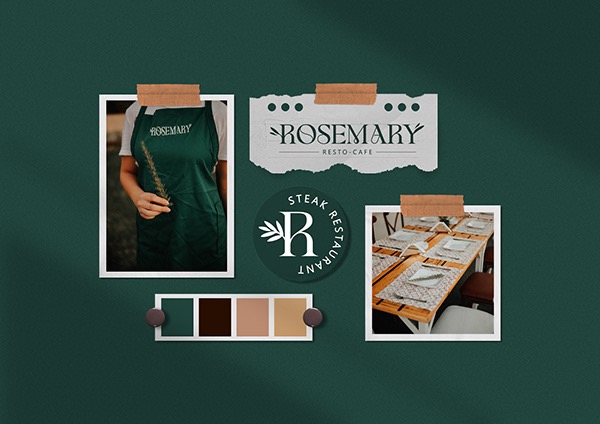
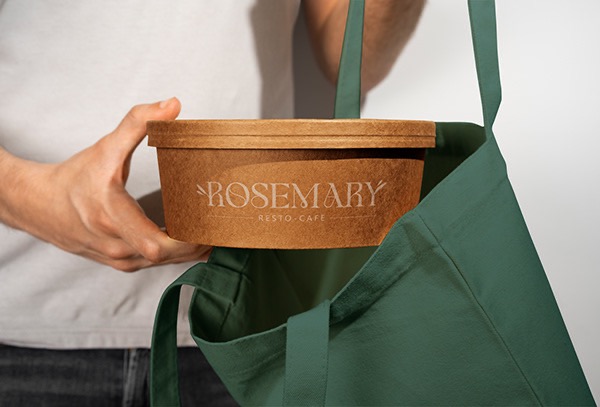
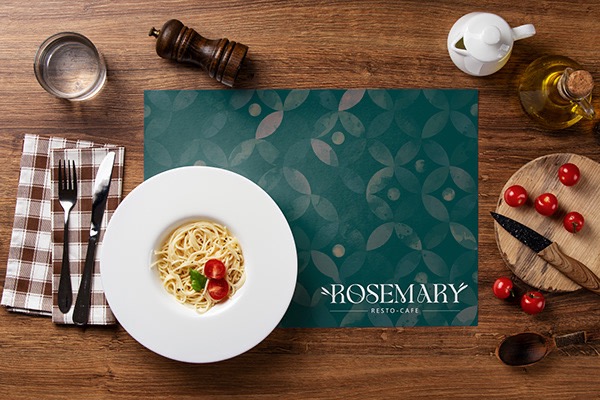

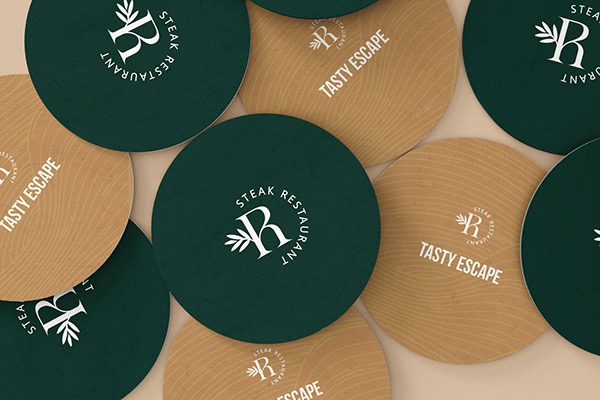
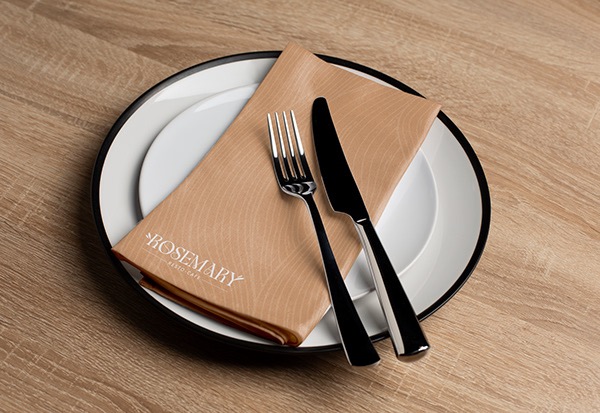
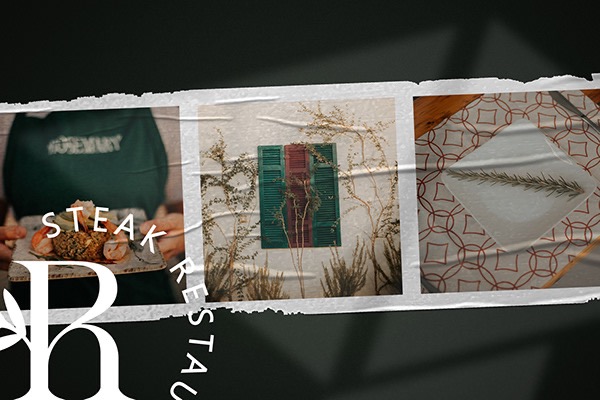
CREDIT
- Agency/Creative: Mohamad Aldahabi
- Article Title: Unveiling Rosemary’s Brand Design Identity and Fine Dining Journey Designed by Mohamad Aldahabi
- Organisation/Entity: Freelance
- Project Type: Identity
- Project Status: Published
- Agency/Creative Country: Lebanon
- Agency/Creative City: Beirut
- Market Region: Middle East
- Project Deliverables: Brand Identity
- Industry: Hospitality
- Keywords: Branding
-
Credits:
Senior graphic designer: Mohamad aldahabi











